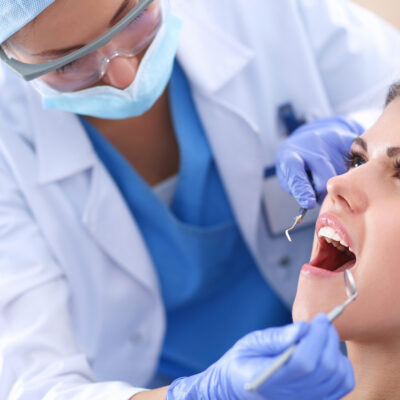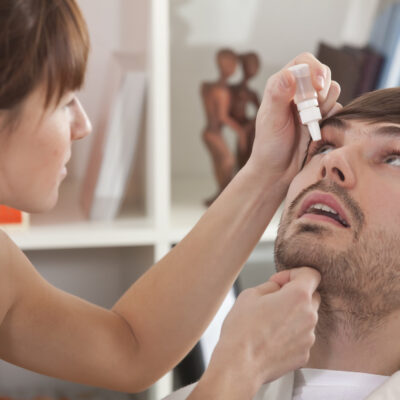
Treatment options for COPD
COPD or Chronic Obstructive Pulmonary Disease is a disease that makes breathing difficult for an individual. The airways get narrowed, leading to coughing, wheezing, and shortness of breath. It could affect a person’s health in more ways than one could imagine. It affects a person’s day-to-day activities like how they exercise or anything that involves them physically.
The treatments for COPD recommended by doctors worldwide to alleviate the symptoms helps the concerned person to breathe easily and get back to their regular routine.
Treatment options
- Bronchodilators : This treatment helps by relaxing the muscles around the airways and lets in more air to fill the lungs. It can ease the symptoms like a cough and shortness of breath. One breathes the medicine into their lungs through an inhaler. It can be both short-lasting and long-lasting. There are some side effects of getting this treatment, like dry mouth and headaches. Other side effects include constipation, fast heartbeat, muscle cramps, and shaking.
- Steroids : It reduces swelling of the airways, and it is usually taken with the help of an inhaler. Steroids can also be taken as pills if the symptoms continue to worsen. Some of the well-known steroids are budesonide and fluticasone. Some COPD medicines can also be combined with bronchodilators and then used, and these include budesonide, formoterol or fluticasone, and salmeterol. There are some side effects of steroids, which include weight gain, and severe effects may include coughing, increased chances of infection, a sore mouth and throat, along with a hoarse voice.
- PDE-4 : It helps in bringing down the swelling and opens up the airways. Its side effects include diarrhea and also weight loss.
- Theophylline : It works in the same way as bronchodilators, but it is less expensive. It may not control all the symptoms, but it helps alleviate some of them.
- Antibiotics : These are used to kill the bacteria and treat the infection if the COPD symptoms worsen. One must complete the course of all the medicines prescribed so that the infection does not return anytime soon.
- Pulmonary rehabilitation : It can ease the shortness of breath and also help in exercising. During this program, one is taught many things, including how to keep the lungs healthy, get proper exercise without losing breath, eat right and, most importantly, breathe easily.
- Oxygen therapy : Oxygen levels in the blood can get too low, so this treatment helps by increasing the oxygen levels and helps you stay active and healthy. One has to breathe in oxygen through a mask, and this can come as a big unit and also as a small handy tank that one can carry around.
- Vaccinations : These reduce the number of COPD flareups one could have.
- Surgery : This is the treatment used when the COPD gets too severe. Bullectomy, lung volume reduction surgery, or even lung transplant are done in this way of treatment.
To diagnose one’s condition, the doctor will look for their signs and symptoms and then carry on with the necessary treatment. If one is a smoker, they must definitely quit smoking to reduce their risk of developing COPD.


